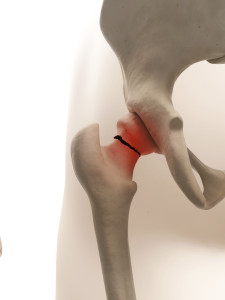Fall Injuries are High Risk to Seniors
Fall Injuries are Preventable. According to the Minnesota Department of Health, and the CDC Best Practices to Prevent Falls, falls are the leading cause of injury for children, and for all adults 35 and older. They account for almost half the hospitalized injuries and are the leading cause of injuries treated in emergency departments. Minnesotans of all ages have fall death rates one and one-half times higher than the U.S. rates, and among the elderly, Minnesota fall death rates are more than three times greater than the national rate. One of every three Americans 65 years old or older falls each year, and falls are the leading cause of injury deaths among this age group. Falls account for 87 percent of all fractures for people 65 years and older, and they are the second leading cause of spinal cord and brain injury among older adults.
Facilities Have a Duty to Protect Residents
Due to the serious nature of falls in the elderly prevention is very important. According to an article produced by the American Academy of Orthopaedic Surgeons, The absolute goal is to prevent a fall injury. Federal law nursing home must ensure that the resident receives adequate supervision and assistive devices to prevent accidents. 42 CFR §483.25 (h). The facility must ensure that—
(1) The resident environment remains as free of accident hazards as is possible; and (2) Each resident receives adequate supervision and assistance devices to prevent accidents.
Fall Prevention Requires Well-Trained Staff
Falls in a nursing home often occur due to a delay in the residents receiving necessary care, usually related to transferring or toileting. The resident who often times may suffer from cognitive difficulties due to medications, Alzheimer’s / Dementia or other conditions and may not understand the risks associated with self-transfer or a trip to the bathroom or they simply cannot wait any longer. Each nursing home resident should receive care consistent with their care plan and doctor’s orders provided when needed. Call lights need to be responded to without undue delay. Further residents need to be protected from obvious risks including, falls from bed, falls during transfer, falls when toileting or showering, falls from wheel chairs and other sitting areas. Each risk needs to be assessed by the nursing home staff and safety interventions taken to reduce the risk of an adverse outcome.
Speak to an Experienced Attorney
Kenneth L. LaBore is an attorney experienced with the federal and state regulations and industry standards of care created to reduce the likelihood of injuries to nursing home residents from falls and other preventable accidents. To contact Attorney Kenneth L. LaBore, directly please send an email to: KLaBore@mnnursinghomeneglect.com, or call Ken at 612-743-9048 or toll free at 1-888-452-6589 to discuss your case.

